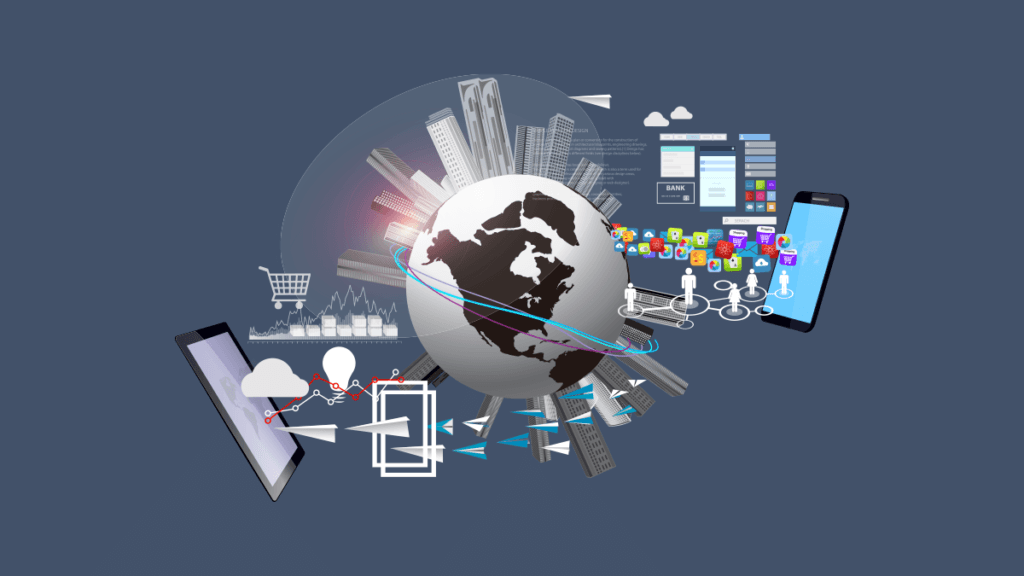
By 2023, mobile’s contribution to the Latin American economy will reach just over $300 billion as countries increasingly benefit from the continued uptake of mobile services and the associated improvements in productivity and efficiency. Latin America’s growing mobile and tech ecosystem is providing support to the wave of innovation and initiative dominating the region.
IoT is also set for a strong period of growth as the total IoT connections in the region are growing at an average annual rate of 14% and are on track to reach 1.3 billion by 2025. While consumer IoT will still make up the majority of IoT connections, the number of enterprise IoT connections is set to almost triple between 2018 and 2025.
Motivated by continued network investment and future spectrum assignments, 4G adoption looks likely to speed up in Latin America, over the next few years, and is predicted to 67% by 2025. This will pave the way for 5G. Both 4G and 5G will coexist for a long time, with the first 5G’s first commercial launches expected in the region in 2020 (in Mexico, Uruguay and Brazil). Is it predicted that 5G adoption in Latin America will reach 7% by 2025. Spectrum access, site acquisition, fibre backhaul and other infrastructure regulations will gain importance as Telco’s and policymakers start to build 5G infrastructure.
Organizations within the region, are all in agreement that the main chance to make revenue from 5G is reliant on enterprise use. Faster data speeds will see an improvement in productivity sectors that rely on massive machine-type communications and also in mining, logistics and manufacturing; as a result of this information, businesses in the region see enhanced data speeds as the most important 5G capability. 5G-based fixed wireless access (FWA) represents another opportunity, as enterprise 5G placements in remote and rural areas, can also improve network coverage for nearby villages.
By the middle of last year (2019) there were 422 million unique mobile subscribers across the whole of Latin America. This accounts for 67% of the total population. Almost 80% of mobile subscribers also subscribe to mobile internet services and this is expected to hit 87% by 2025. The penetration of subscribers varies depending on the country. A number of markets (including Chile, Panama, Uruguay and Costa Rica) are close to saturation with penetration rates as high as 80%. Other countries (such as Nicaragua, Cuba, Guatemala and Honduras) still demonstrate opportunities for growth however. The subscriber penetration rate in Venezuela is expected to decline in the short term as a result of the ongoing political instabilities, which have caused its population to shrink. It is expected that the country’s growth rate will become positive again by 2025.
Mobile technologies and services accounted for 5% of Latin Americas GDP in 2018, which contributed to around $260 billion of economic value. The mobile ecosystem itself supported around 1.7 million jobs and made more than $38 billion from taxation of public sector funding. By 2023 it is expected that mobiles contribution to the Latin American economy will reach just over $300 billion as countries increasingly benefit from the uptake of services and associated improvements in productivity and efficiency.
The mobile industry has been particularly strong advocate for UN Sustainable Development Goals (SDGs). Since 2015, it has increased its impact on all 17 SDGs. Latin America has made a high contribution to SDG 4 (Quality Education) and 5 (Gender Equality), through initiatives such as the GSMA Tech4Girls – which comprises a series of practical educational workshops for young girls. The workshops are designed to increase their self-confidence and their interest in technology.
The total IoT connections in Latin America are increasing at an average of 14% per year and are consequently on track to reach 1.3 billion by 2025. This accounts for 5% of global IoT connections. Consumer IoT will account for the majority of connections (56%) in 2025 and the number of enterprise IoT connections looks on target to triple between 2018 and 2025. Businesses in the region are confident that IoT deployment will have a strong and positive impact on productivity, revenue protection and security. Barriers to the deployment of IoT like upfront costs and progressively being addresses through national deployment strategies. Governments are able to play a key role in strengthening the rollouts and growth of IoT, to improve living standards through security and healthcare.
There have been many initiatives between startups, operators, ecosystem players and venture-capital firms to advance the development of rising technologies such as AI. Startups, in particular, have helped to push innovation and open the way for commercial opportunities. Businesses, as well as government bodies, should prepare for the emergence of these future technologies. The groundwork for this can already be seen in three Latin American markets: Mexico has set out a national strategy for supporting digital transformation and AI, while Uruguay and Colombia have begun to formulate similar frameworks.
Governments and regulators across Latin American countries frequently modify policies and regulations to keep up with political developments and technological change. Recent regulatory changes to support digital transformation have included:
• creating independent institutional frameworks for legal certainty
• aligning municipal laws and national digital ambitions in areas such as network deployment
• planning for 5G development through spectrum roadmaps
• designing tax policies that foster connectivity and affordability
• devising national data protection frameworks to accelerate the digital economy.